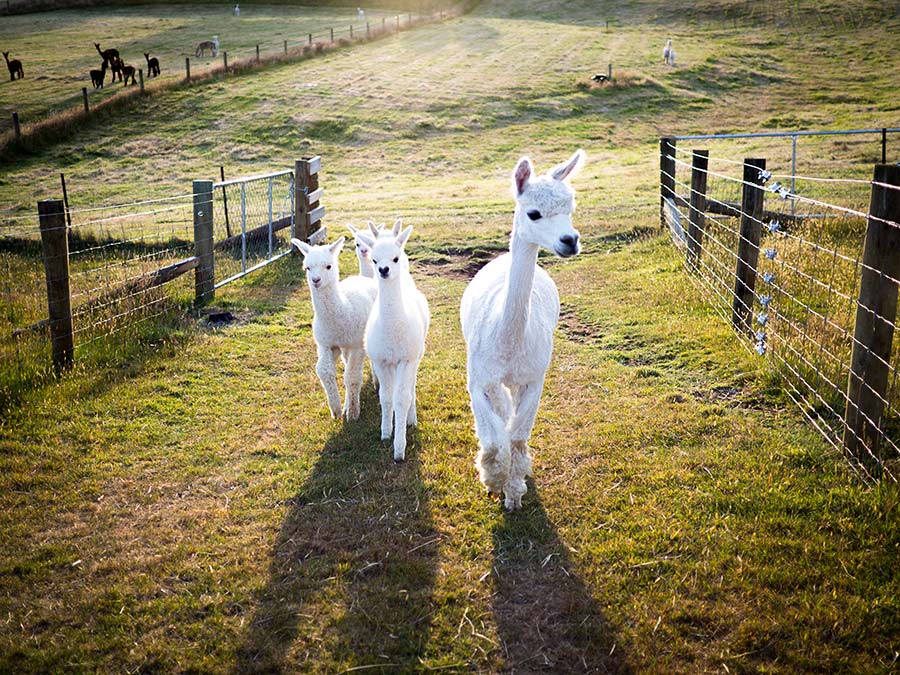Bovine Virus Diarrhea (BVD) in Llamas and Alpacas

BVD in Alpacas
Animal Health Diagnostic Center - Emerging Issues
Bovine Virus Diarrhea virus has been isolated from alpaca crias from sites around North America. Dr Dubovi, our virologist, has been working with alpaca farms on the East Coast and offers the following comments about testing:
The extent of the problem in alpacas is unknown. About a dozen PI crias have been identified. The Guelph group has a paper coming out in JVDI on the one that they had. I am not sure how the ACE (antigen capture ELISA) is performing. We have very weak reactions on serum -- 1 of 7 skin samples + on the one we did a necropsy on. However, the other one that died before it came here had an ACE skin test the equivalent to cattle. The IHC (immunohistochemistry) tests on most tissues are positive, but not wildly so. Skin has been positive but the staining pattern may be a bit different from cows. Serum viremia levels on one were similar to calves.
I would hate to see vaccination start. I think that this can be eradicated without vaccination. Each herd needs to assess the issue in their own unit. I could see having a negative PI test before animals go to shows (Only needs to be done once). I am recommending as a start to test pregnant females to see what the risk is to have a PI cria. This will give data on the presence of BVDV in the herd. All Ab+ animals should have the cria tested at birth (precolostrum whole blood for virus isolation or post colostrum whole blood for PCR). Alternatively, one can test all crias at birth regardless of antibody status of the dam. All PI crias should have a complete necropsy so that we can collect data on their response to the virus. I don't know how long these animals will live as most are being identified as poor doers.
I think the alpaca people need to organize some informational meetings to get the owners up to speed and not panic. We are starting to see people concerned about the cost of testing yet they risk loss of a PI cria valued at 10-20K or abortions.
Not all cases have had a history of contact with cattle. The initial risk appear to be contact with cattle but once PI's are created they are capable of causing alpaca to alpaca transmission (if in contact with pregnant alpacas). One east coast case that Dr Dubovi was involved with had a history of purchasing the dam and affected cria from the west coast. Alpacas move. Additional biosecurity risks will occur as PI alpacas are moved through sales, potentially shows, to other farms for breeding or outside females coming to a farm to be bred with a cria at its side.
Testing of crias as described above before they attend shows, are sold or move to other farms is highly recommended. Because we don't know the herd prevalence, within herd testing options depend on identification of BVD PIs or past biosecurity risks to the farm.
In unvaccinated herds, a single test of a dam for antibody prior to birthing and subsequent testing of crias born to antibody positive dams can be used to screen herds.
Discussions suggests that some alpaca farms are using killed bovine vaccines. In vaccinated herds, all dams would be expected to have antibody so testing of all crias for PI status would be needed if BVD cases have been identified in the herd.
If widespread vaccination is instituted in response to the introduction of BVD to alpacas, testing costs and the ability to monitor the spread of infection into alpaca herds will be more costly. If prevalence is still low in alpacas, the best response may be client education, heightened awareness of biosecurity and strategic testing to prevent introduction and further spread of BVD infection in alpaca herds.
Sue Stehman
sms14@cornell.edu
Like this article? Become a RMLA Member today!

